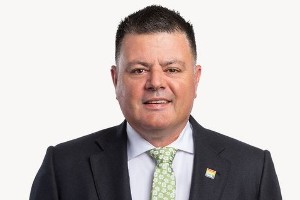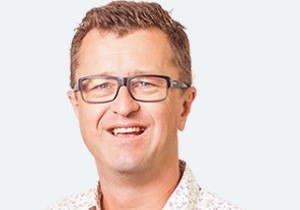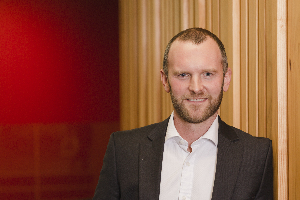
The New Zealand reverse mortgage business showed the fastest growth in receivables of 23.2% to $889 million with net operating income (NOI) jumping 30.3% to $42.4 million while the Australian business' receivables rose 20.7% to $1.54 billion with NOI up 20.9% to $47.3 million.
The company cites the rising cost of living and cashflow pressures on older homeowners as driving the increase in the NZ business. It also attributes the growth to greater awareness and acceptance of the product.
“Over the last decade, Heartland has helped more than 22,000 New Zealanders to enjoy a more comfortable retirement by releasing equity from their homes,” it says.
Cost of living pressures and increased debt consolidation helped drive the Australian business and customers also sought funds for home improvements to make their homes more retirement-friendly or for holidays or a new car.
The company is expecting growth in both countries to continue.
Heartland's online-only mainstream home loans business saw more subdued but still double-digit growth of 14.1% to $313.4 million in the latest year after more than quadrupling the previous year and the company says the economic environment has been “challenging.”
However, NOI from this business jumped 80.2% to $3.8 million.
It notes the number of properties sold in the 12 months ended February was the lowest since 1983.
“Competitive pressures in the refinance market remain intense with competitors generally offering large cash-backs and negotiating on rates,” Heartland says.
But its ability to consistently offer competitive or market-leading rates helped it to retain more than 90% of customers whose fixed rates came up for renewal over the course of the financial year.
Heartland continues to execute on its “best or only” strategy and using digitisation, automation and customer self-servicing methods to drive efficiency.
Chief executive Jeff Greenslade says Heartland's cost-to-income (CTI) ratio is down to 42 cents per dollar of business, on a par with the major banks and significantly lower than the 60 to 80 cents costs-per-dollar of the other smaller banks.
“What that says is we've used technology to replace scale,” Greenslade says.
Heartland is aiming to get its CTI ratio down to 35% by 2028 and will be providing management with incentives to achieve that goal.
The company reported a flat net profit for the year ended June of $95.9 million but the underlying result was up 14.6%.





Comments
No comments yet.
Sign In to add your comment